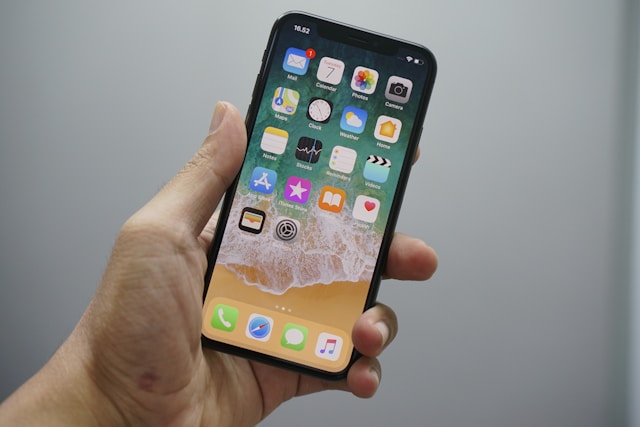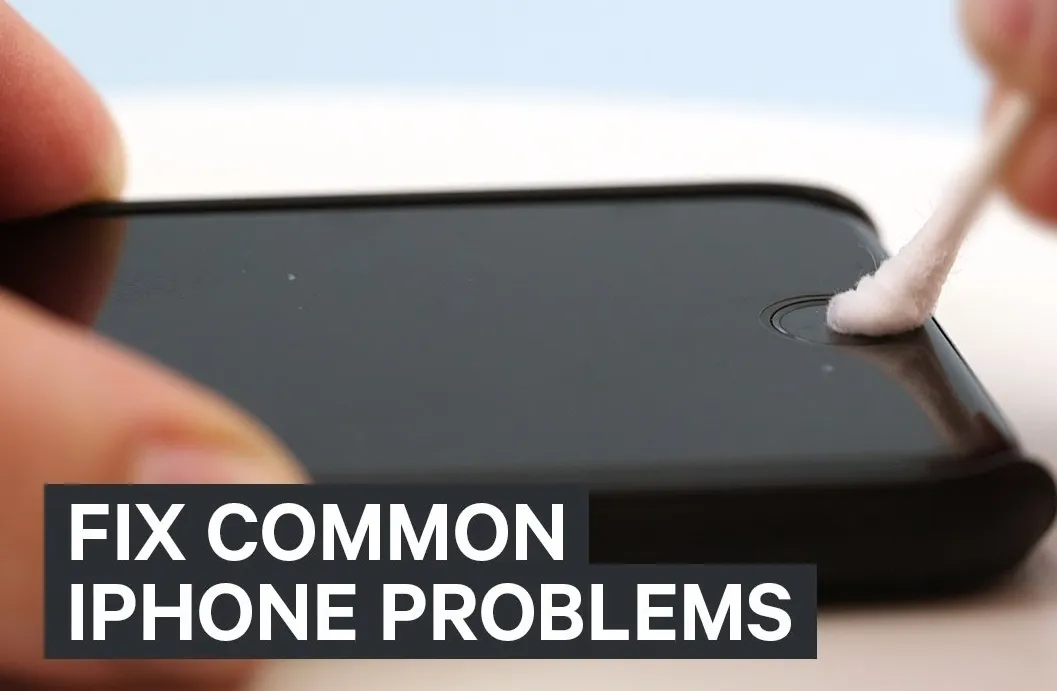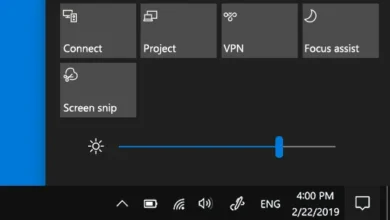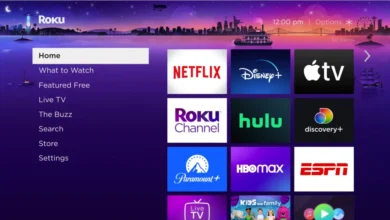5 Common iPhone Problems and How to Fix Them

Identifying the Most Prevalent iPhone Problems
This article delves into five common iPhone problems that users may encounter. This ranges from battery drainage and screen display issues to connectivity issues and overheating problems. Understanding these prevalent issues and learning how to troubleshoot them effectively. iPhone users can enhance their device’s performance and longevity.
In today’s digital age, iPhones have become an integral part of our daily lives. Serving as communication tools, personal organizers, entertainment hubs, and more. However, like any electronic device, iPhones are not immune to technical glitches and malfunctions.
Oh, the joys of owning an iPhone – sleek design, powerful performance, and a knack for making life easier. But sometimes, even our trusty companions hit a rough patch. From battery drain mysteries to connectivity conundrums, let’s dive into some of the most common iPhone problems and how you can wrangle them back under control.
Recommended: How to Move Data Between an Android and iPhone
Issue 1: Battery Drainage and How to Extend Battery Life
Common Causes of Rapid Battery Drainage
Is your iPhone battery playing hide-and-seek with its juice? Culprits like background app refresh, excessive screen brightness, and sneaky battery-hogging apps might be to blame.
Tips to Prolong iPhone Battery Life
Extend your iPhone’s battery life with simple tricks like adjusting display settings, disabling unnecessary app notifications, and embracing low-power mode like your new best friend.
Issue 2: Screen Display Problems and Troubleshooting Tips
Types of Screen Display Issues
Lines, flickering, unresponsive touch – if your iPhone screen decides to go rogue, you might be dealing with issues that range from minor annoyances to full-on “what in the world is happening” moments.
Steps to Fix Screen Display Problems
Breathe easy as we walk you through troubleshooting steps like restarting your iPhone, checking for software updates, and even giving your screen a gentle clean to banish those display demons.
Issue 3: Connectivity Issues with Wi-Fi or Cellular Data
Potential Reasons for Connectivity Problems
When your iPhone decides to play hard to get with Wi-Fi or cellular data, factors like network congestion, software glitches, or even a cosmic hiccup might be at play.
Methods to Improve Wi-Fi and Cellular Data Connections
Get back in the connectivity game by trying fixes like toggling airplane mode, resetting network settings, or unleashing your inner tech wizard with DNS server tweaks to get that signal strength back to full bars.
Issue 4: Overheating Problems and Solutions
Causes of iPhone Overheating
Ever felt like your iPhone is channeling its inner sun and heating up like a hot potato? This can be caused by running too many heavy-duty apps simultaneously, leaving your phone out in the scorching sun, or even having a faulty battery.
Recommended: App Overload: Take Expert Control of Your iPhone
Ways to Prevent and Resolve Overheating Issues
To keep your iPhone cool as a cucumber, try closing unnecessary apps, keeping it out of direct sunlight, and removing its case while charging. If your phone still feels hotter than a fresh batch of fries, consider updating your software or consulting a tech expert to keep things chill.
Issue 5: App Crashes and Freezing – Troubleshooting Steps
Understanding App Crash and Freeze Scenarios
Apps deciding to throw a temper tantrum and crash on you? It might be due to outdated software, a lack of storage space, or just plain old app bugs. Freezing can occur when your iPhone is feeling overwhelmed or is in dire need of some TLC.
Resolving App Crash and Freeze Problems
To tackle these app-related dramas, try updating your apps and iOS, clearing out some space by deleting old photos or apps you no longer use, and giving your iPhone a well-deserved restart. If all else fails, you can channel your inner tech expertise by reaching out to Apple Support for some troubleshooting magic.
Conclusion: Importance of Regular Maintenance and Updates
Just like how we need regular check-ups to stay healthy, our iPhones crave the same TLC. By staying on top of software updates, clearing out clutter, and being mindful of how we use our devices, we can prevent these pesky iPhone problems from crashing our digital party. Remember, a little maintenance can go a long way in keeping your iPhone running smoothly and saving you from tech-induced headaches!
Recommended: How to Fix Gmail Not Receiving Emails and Storage Errors
Ensuring Smooth Functioning of Your iPhone
In conclusion, staying informed about common iPhone problems and their solutions is essential for maximizing the performance and lifespan of your device. By implementing the troubleshooting tips provided in this article and proactively addressing any issues that arise, you can ensure that your iPhone continues to function smoothly. Remember, regular maintenance, software updates, and practicing good device habits can go a long way in preventing and resolving common iPhone problems. Stay proactive, stay informed, and keep your iPhone running at its best.





